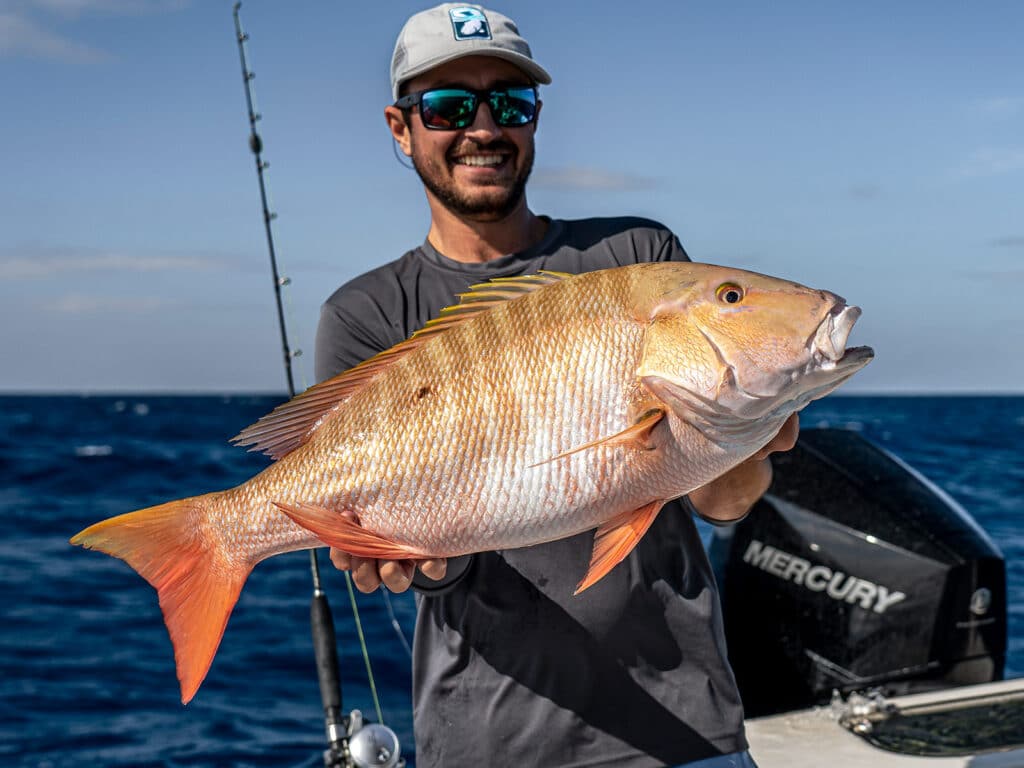
Consumption and conservation are frequent boat mates with competing — but not necessarily adversarial — positions. In fact, the subject of keeping fish does not need to be a sore one; it requires prudent decisions blending lawful adherence with realistic expectations.
I’m a big fan of catching and keeping. I’ve done it many times and highly recommend everyone experience a fish dinner that was swimming just hours before. I do not, however, advocate for the unchecked “whack ‘em and stack ‘em” mentality that’s still prevalent in some places.
There’s nothing wrong with the occasional meat run as long as everyone follows applicable state or federal regulations. For many, time and budget so rarely align that any window of fishing opportunity is met with the dual objectives of fun and table fare. Those who fish more frequently should measure their take reasonably, even when sharing with friends and family.
Have a Plan Before Fishing
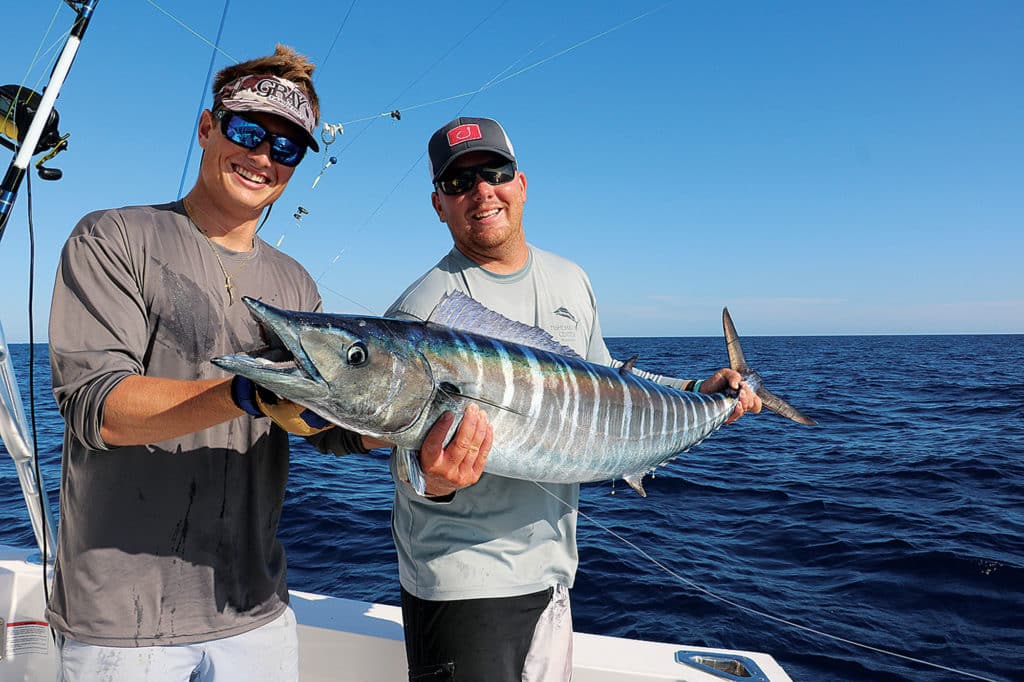
Experienced recreational anglers are likely up to date on fishing regulations before every trip, but out-of-towners or infrequent fishermen might need to do a bit of research, making sure they know the seasons, limits and size lengths of the fish they want to target. All anglers are subject to the same rules. To this point, charter captains often host folks who can benefit from seasoned advice — both in terms of catching their fish and deciding what to keep.
Capt. Jason Stock, who runs out of Florida’s Anna Maria Island, gives his charters plenty of opportunity to bend a rod and meet some of the Gulf of Mexico’s most prized food fish. While he still runs some inshore trips for snook, redfish, trout and flounder, he mostly focuses on offshore fishing, targeting groupers, mangrove and red snappers, hogfish, amberjack, blackfin tuna, cobia, permit, kingfish and wahoo.
Like any reputable charter operator, Stock keeps his crew apprised of season, size and bag limits. He’s especially alert for vacationing anglers, who may inadvertently overestimate their meal planning.
“For example, if we limit out on red snapper and we get a couple of gags or red grouper, I’ll ask ‘How long are you going to stay in town?’” Stock said. “I try not to go overboard with limits of every single [seasonally available] fish. We’ll get a limit of one or two species and call it a good day.
“It can get kinda crazy when you try to fill every limit. You get back to the dock, and it’s like ‘what are you going to do with all these fish?’ Sometimes people get super greedy and you know they’re not going to eat [everything they caught] and then it’s just wasted.”
What Fish Should You Keep?
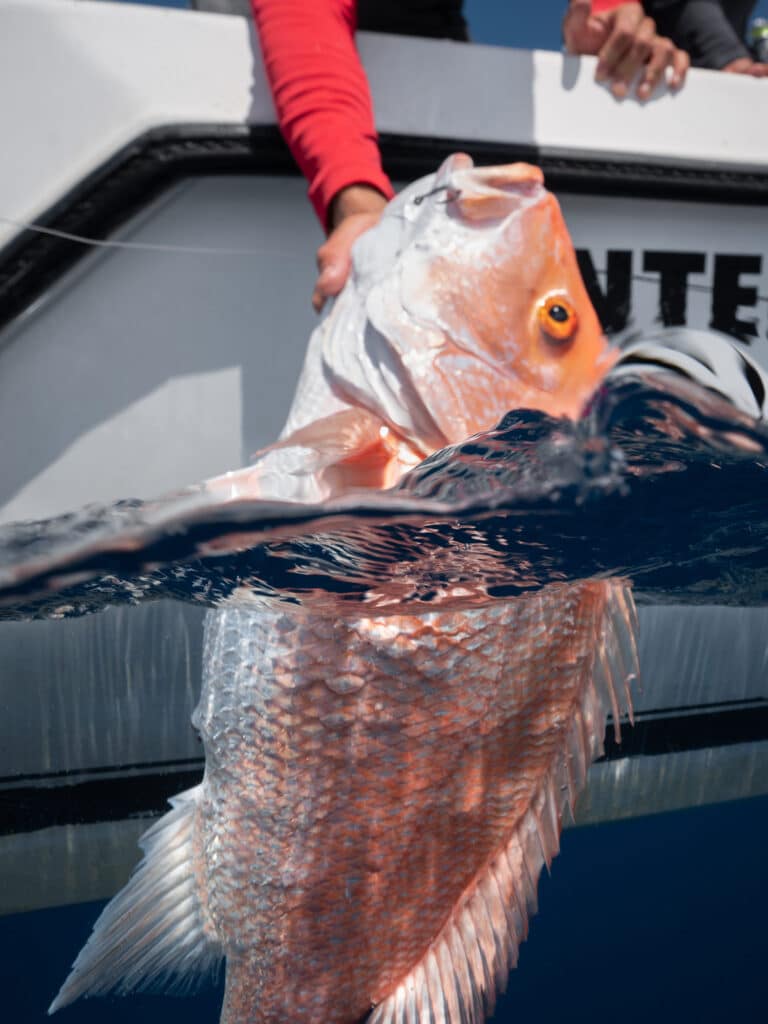
Some clients step aboard with target species in mind, while others just want an active day. In either case, Stock works with what’s in season to address any take-home requests and then fills the rest of the day with dependable line-pullers. The key, Stock said, is feeling out the customer’s needs and time frame and then making fair recommendations on what’s appropriate. Same logic applies to local customers, as well as those fishing independently.
“I can say that with offshore fishing, people are usually looking to have one or two dinners, which is cool because if they get a couple of good fish or a handful of smaller fish, they have enough for a nice meal,” Stock said.
If any anglers question the logic of releasing legal fish, Stock starts with the consumption versus waste consideration. For larger catches, he’ll stress the major benefits of sending mature fish back into the spawning population.
Keep Track of Fish in the Cooler
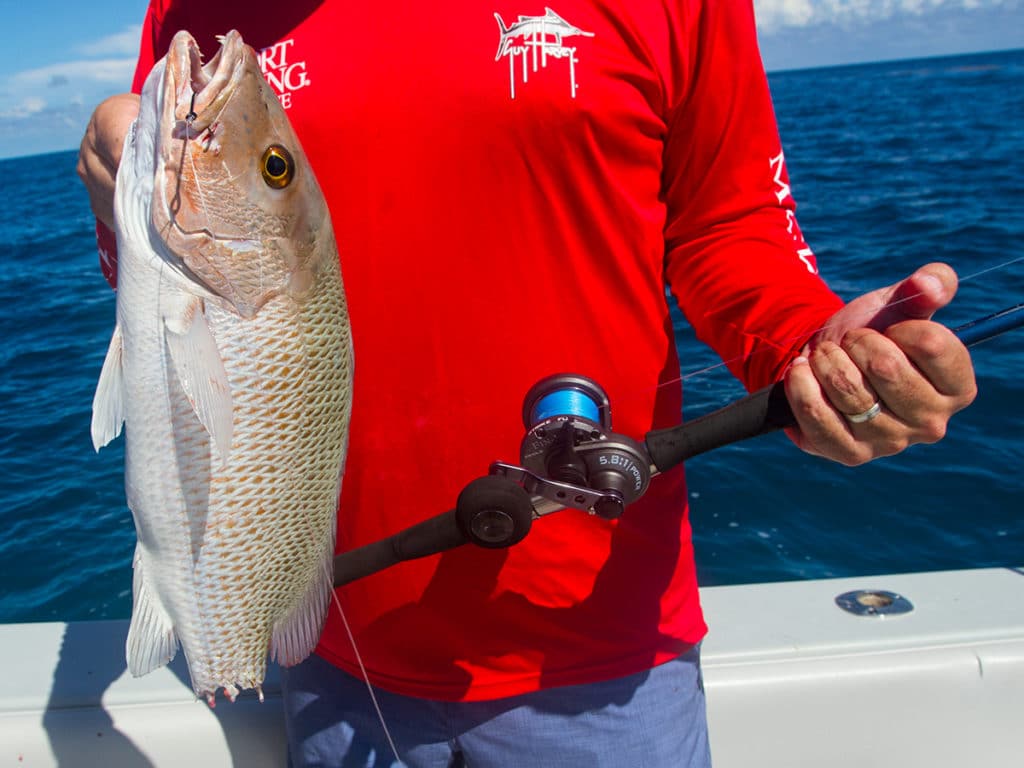
When a productive spot offers a multi-species mix, Stock stresses the importance of keeping track of what goes into the box. Designating an attentive gate keeper helps avoid unintentional overages.
“We’re always doing a head count when fish come in and I communicate with my mate on the numbers,” Stock said. “I’m doing a mental count, but as it gets close, we’ll pull them out to physically count the fish. When I see we’re close to a limit, I’ll tell the anglers ‘Okay, five more and we’re done.’ Then, we’ll go catch something else.”
A lot of anglers enjoy catch-and-release regardless of whether they’ve filled limits or they never intended to anyway. However, when the sharks are thick, Stock relocates to avoid sending released fish to a likely doom. Yes, sharks eat plenty on their own, but no sense making that grouper or snapper an easy target.
As Stock explained, this consideration begins on the front end. Trip planning, he said, should avoid areas and habitat known for species that are out of season. An example might be high-relief wrecks loaded with amberjack.
Prep for Ice
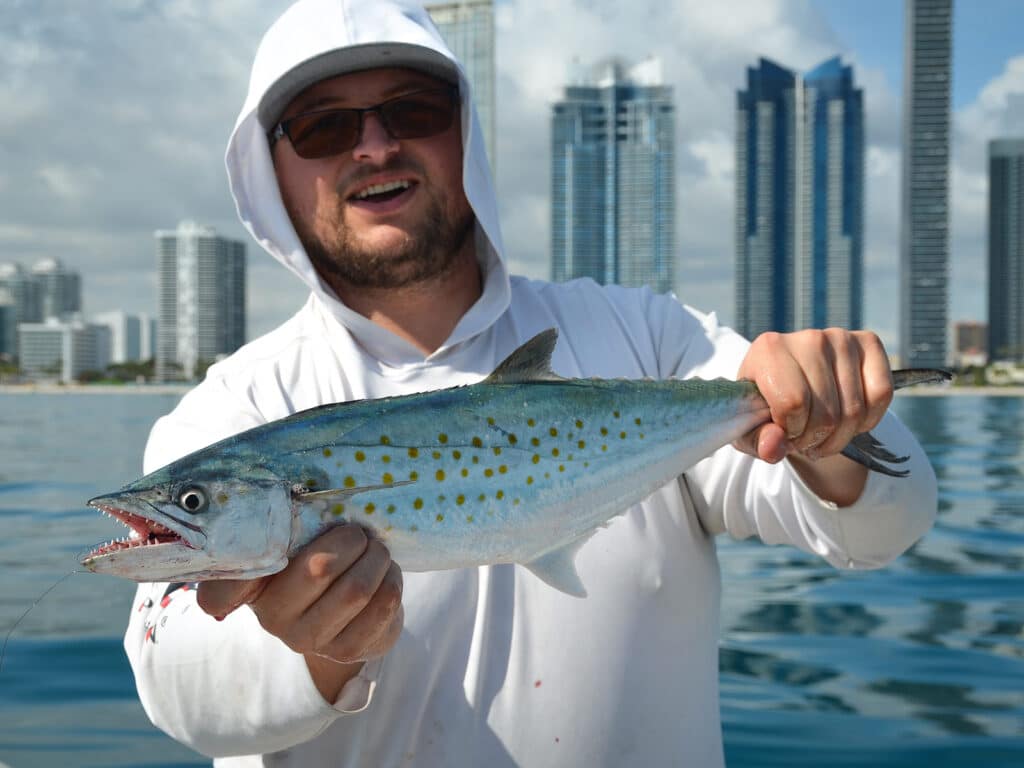
As soon as he identifies a fish for keeping, Stock uses shears to cut the throat. Quickly dispatching the fish and bleeding it yields better meat quality.
Stock initially puts his fish directly on ice, but midday, he’ll add a couple buckets of salt water. This icy brine chills the fish all the way through for maximum freshness, while ensuring the chill lasts all day. Anyone’s who’s filleted a fish knows cool, firm flesh is best.
Stock tells his charters that fresh is best, but if you’re packing fish for a future meal, invest in a vacuum sealer. Your oilier fish like king and Spanish mackerel don’t freeze well, but zipping all the air off those snapper or grouper fillets helps prevent freezer burn. Stock’s final tip: Judge how many people you’ll likely cook for and freeze in appropriate portion sizes.








